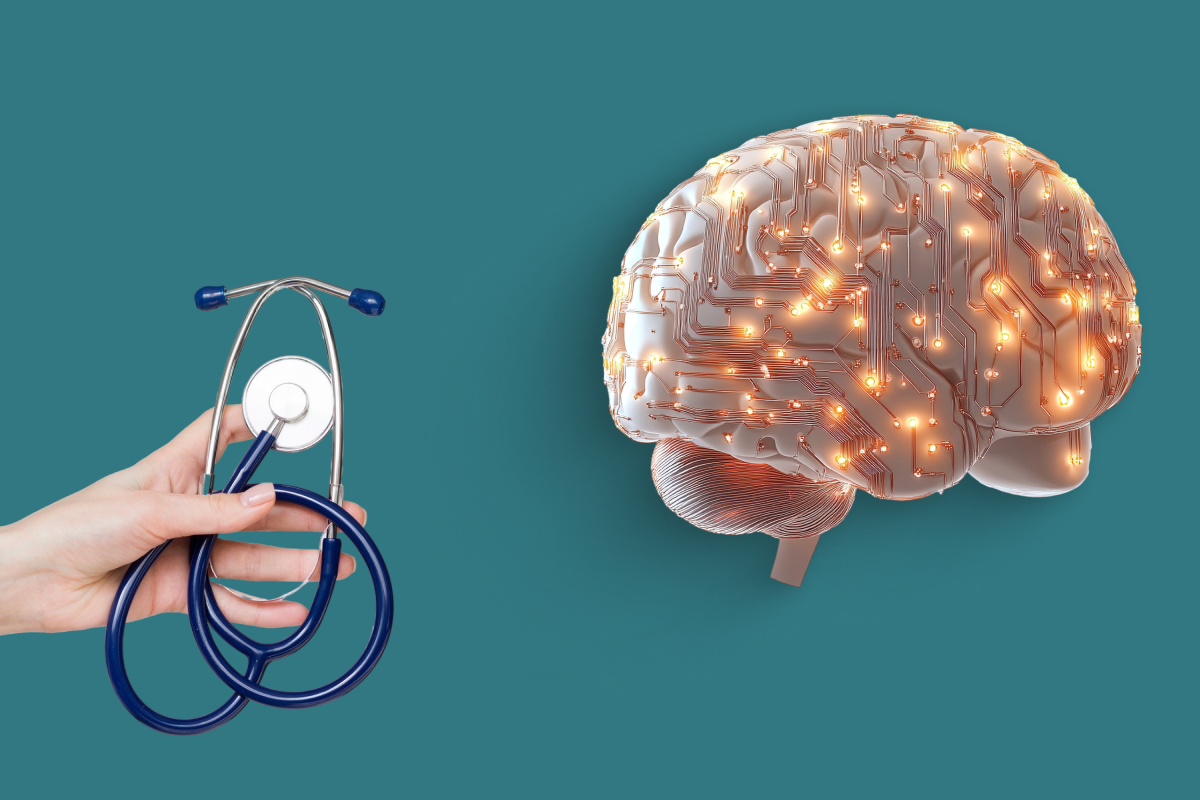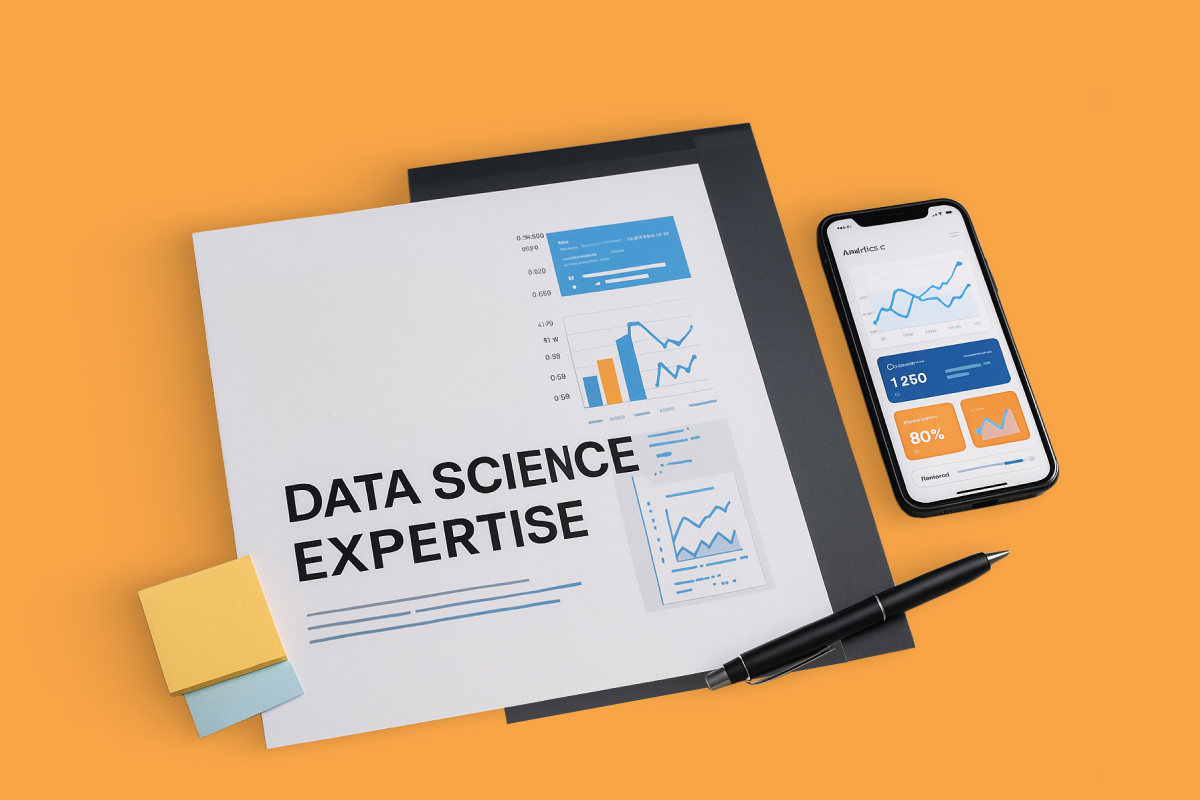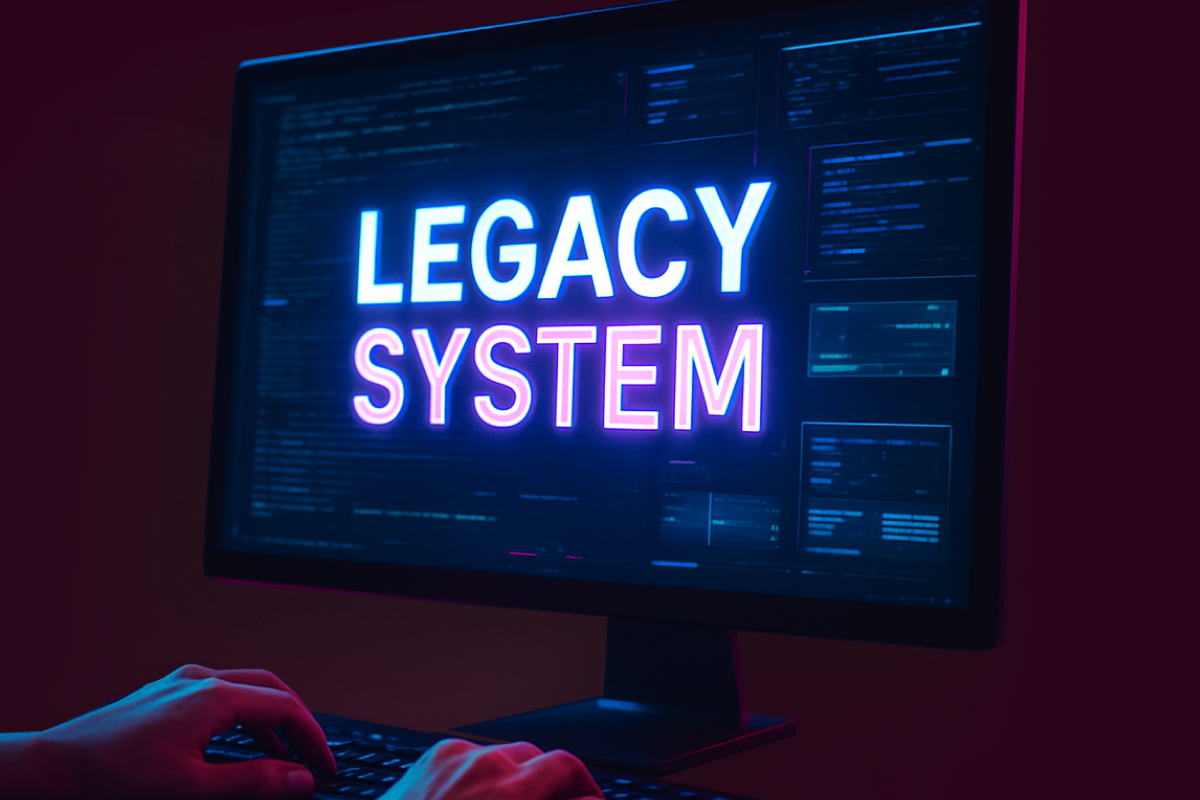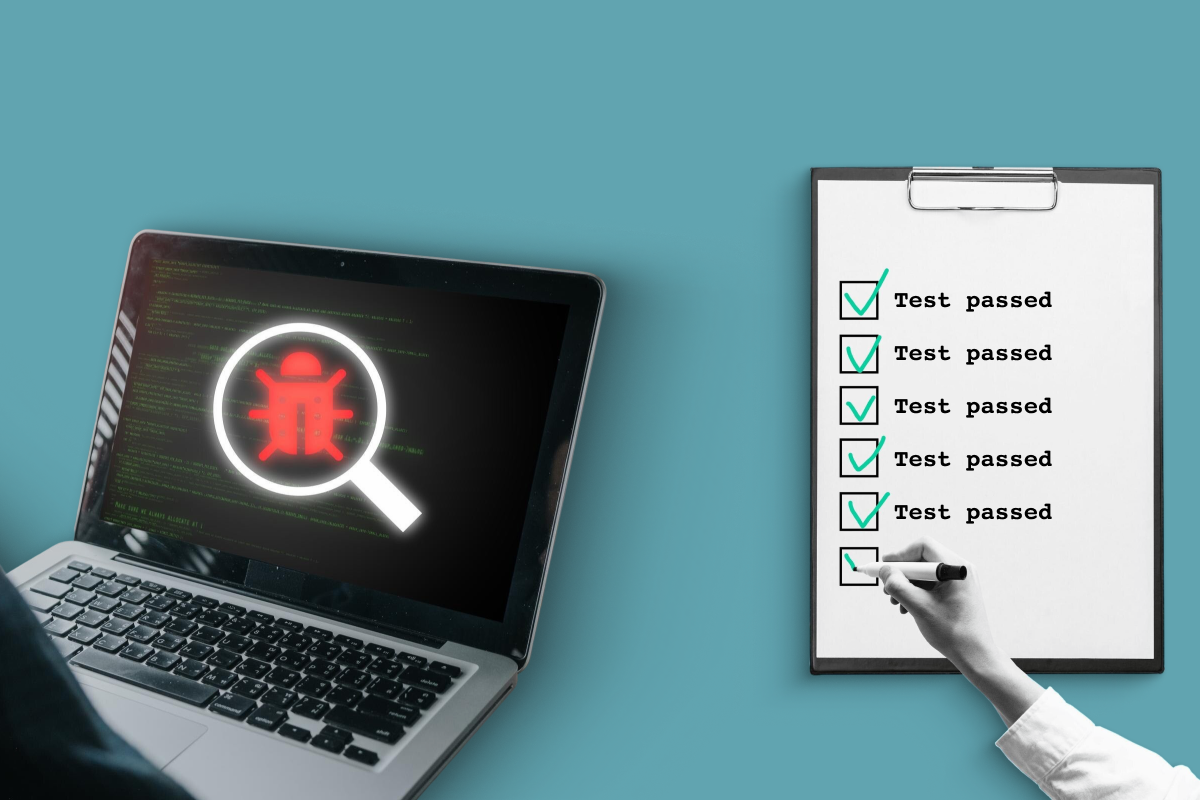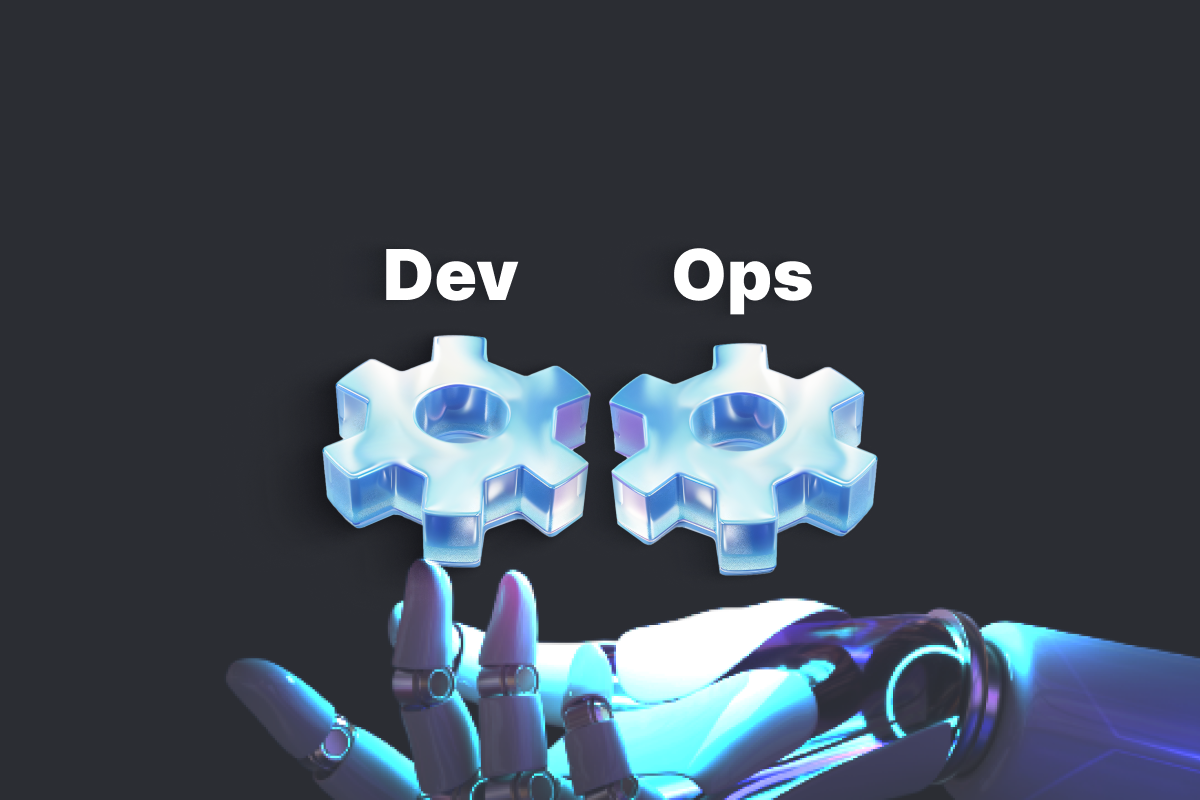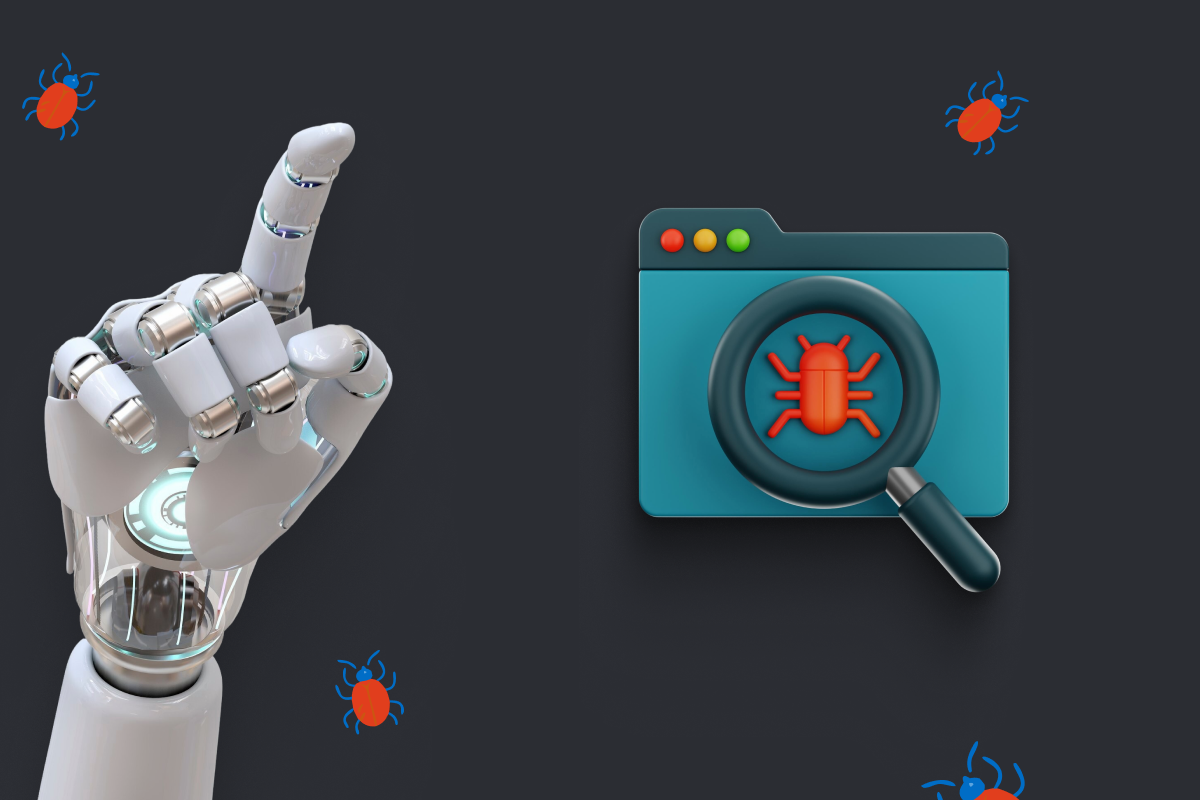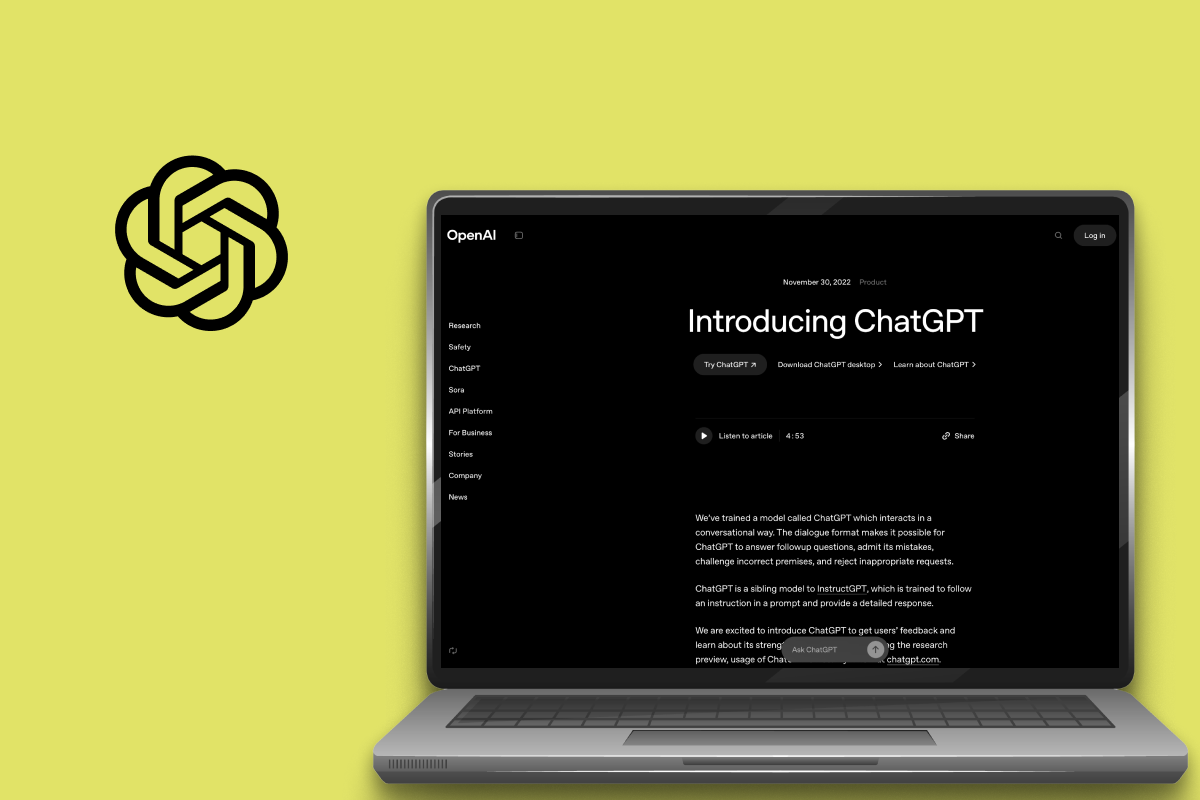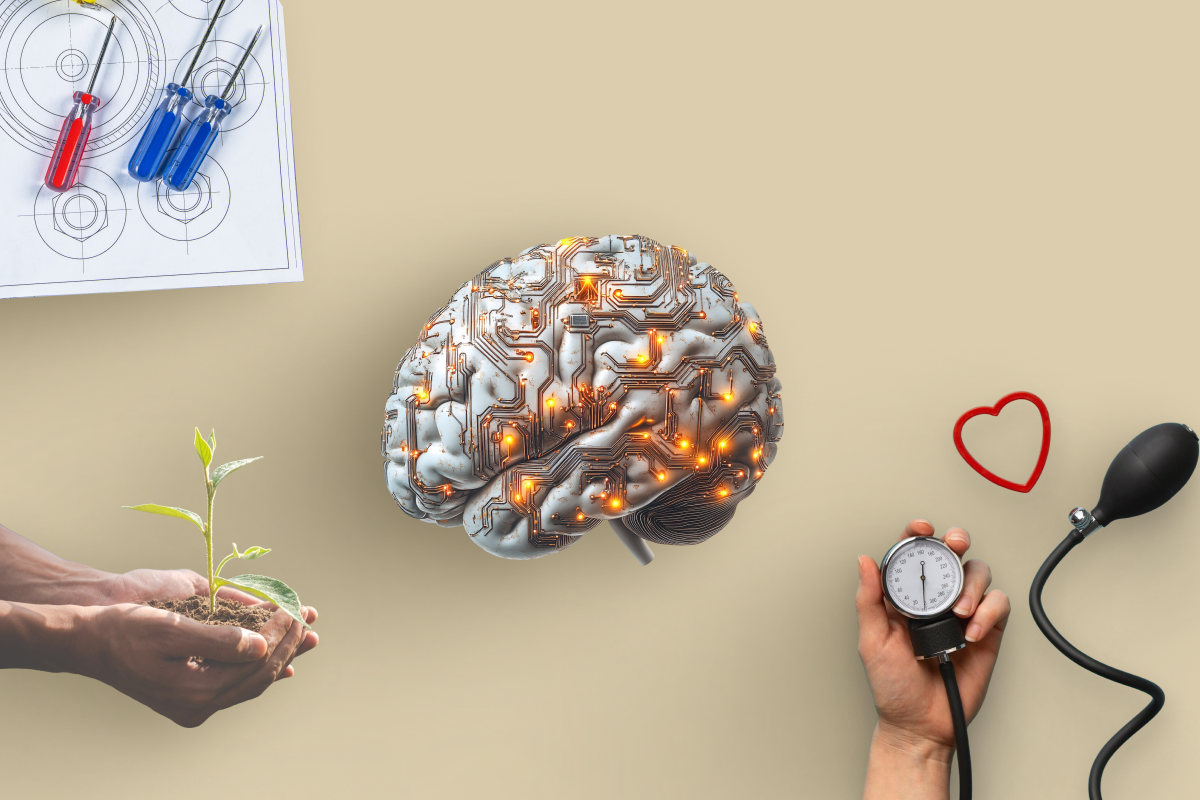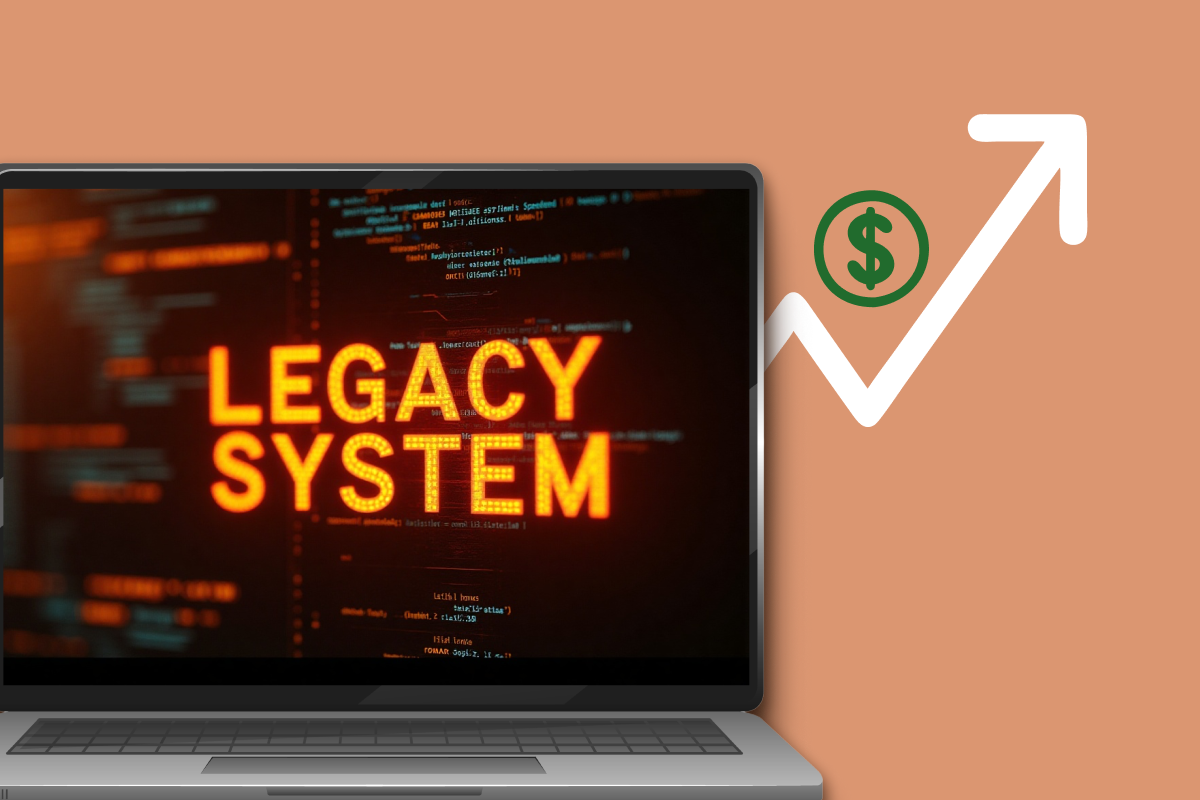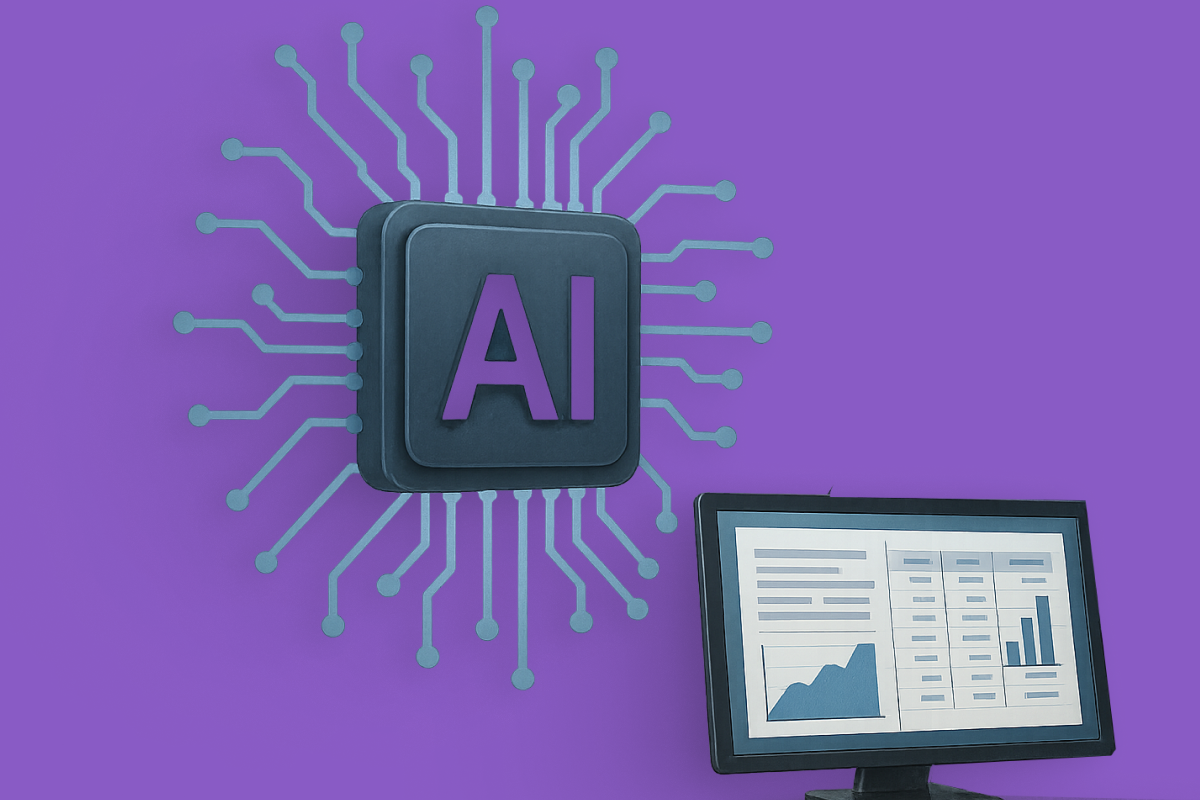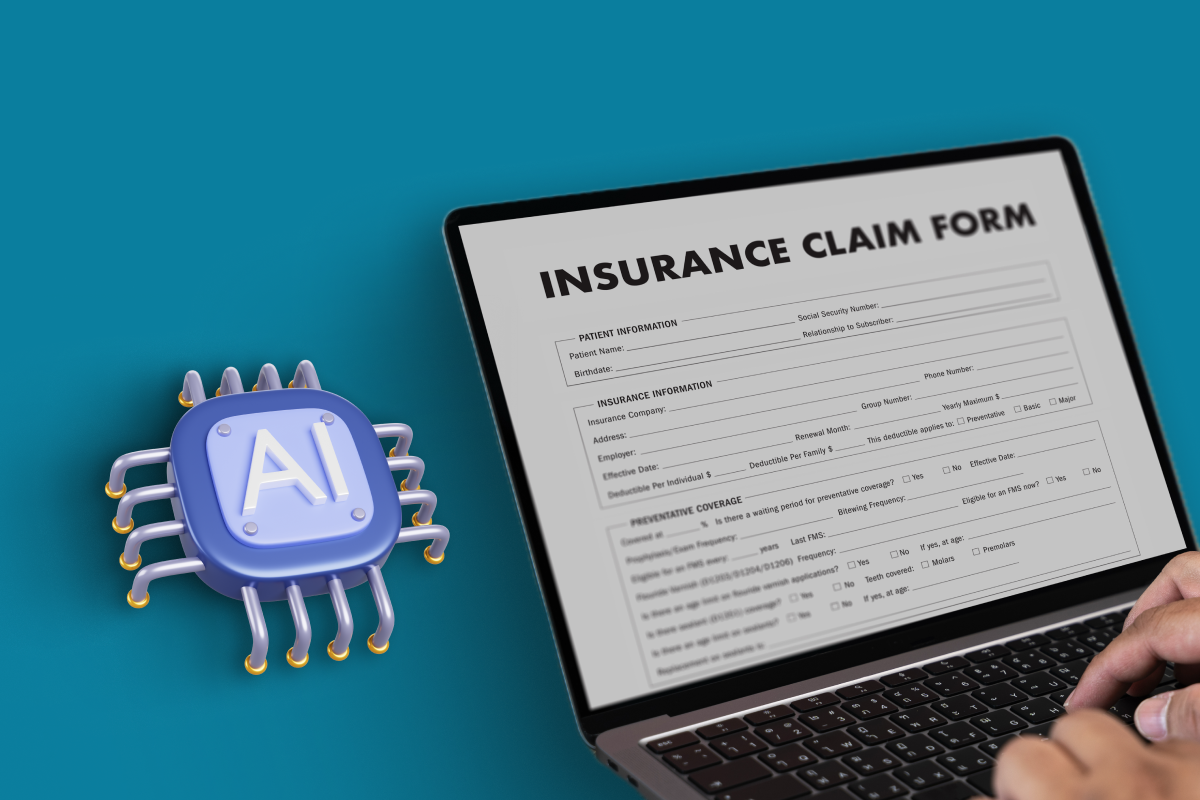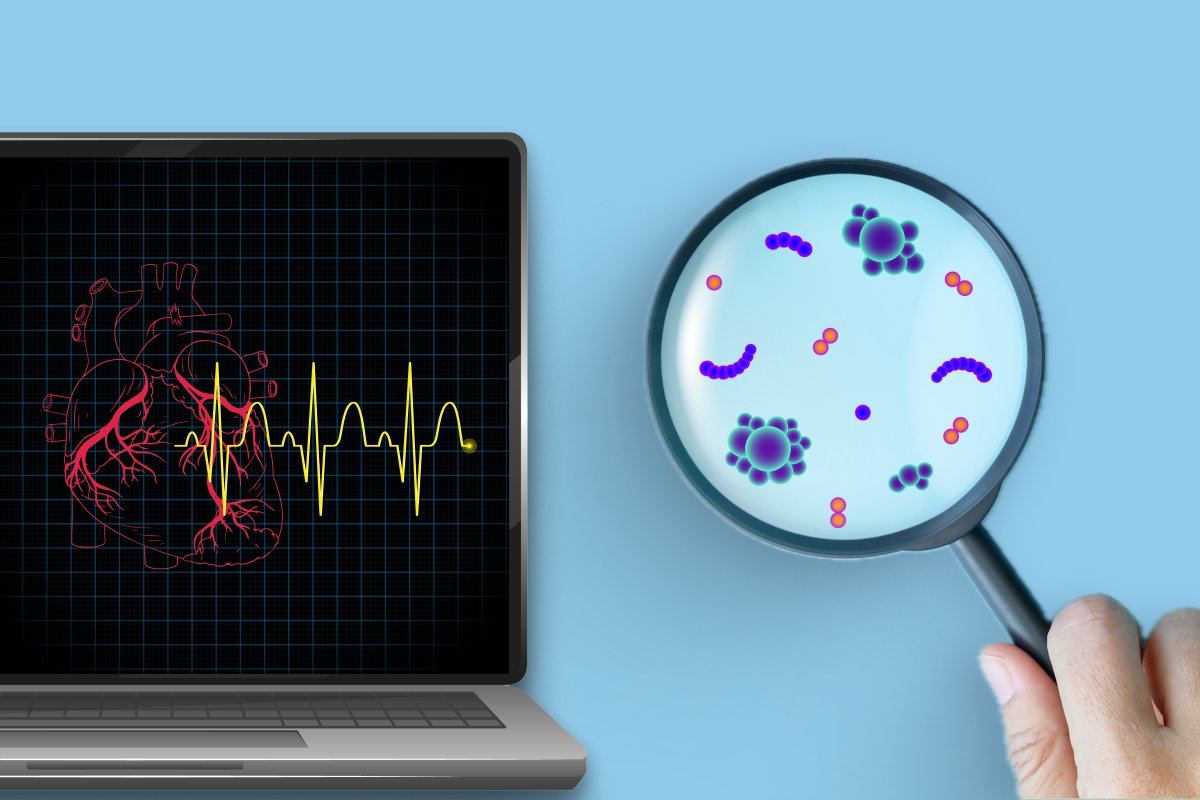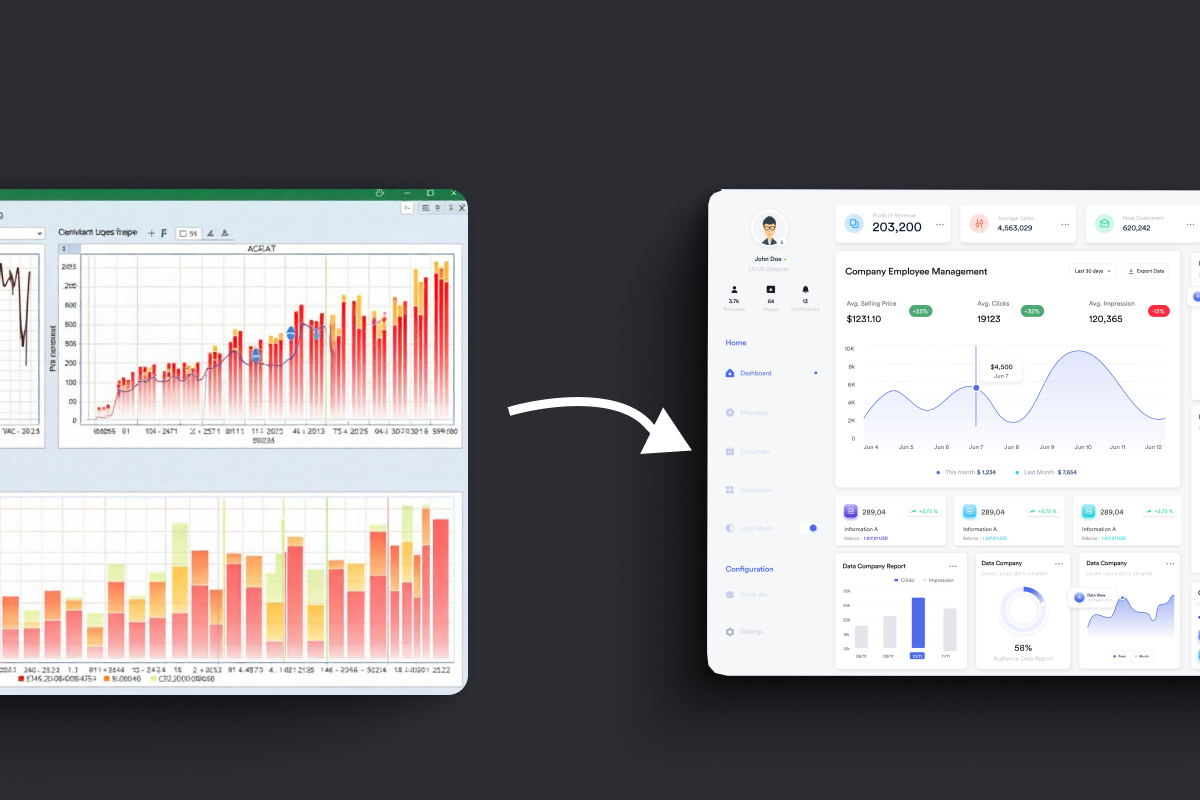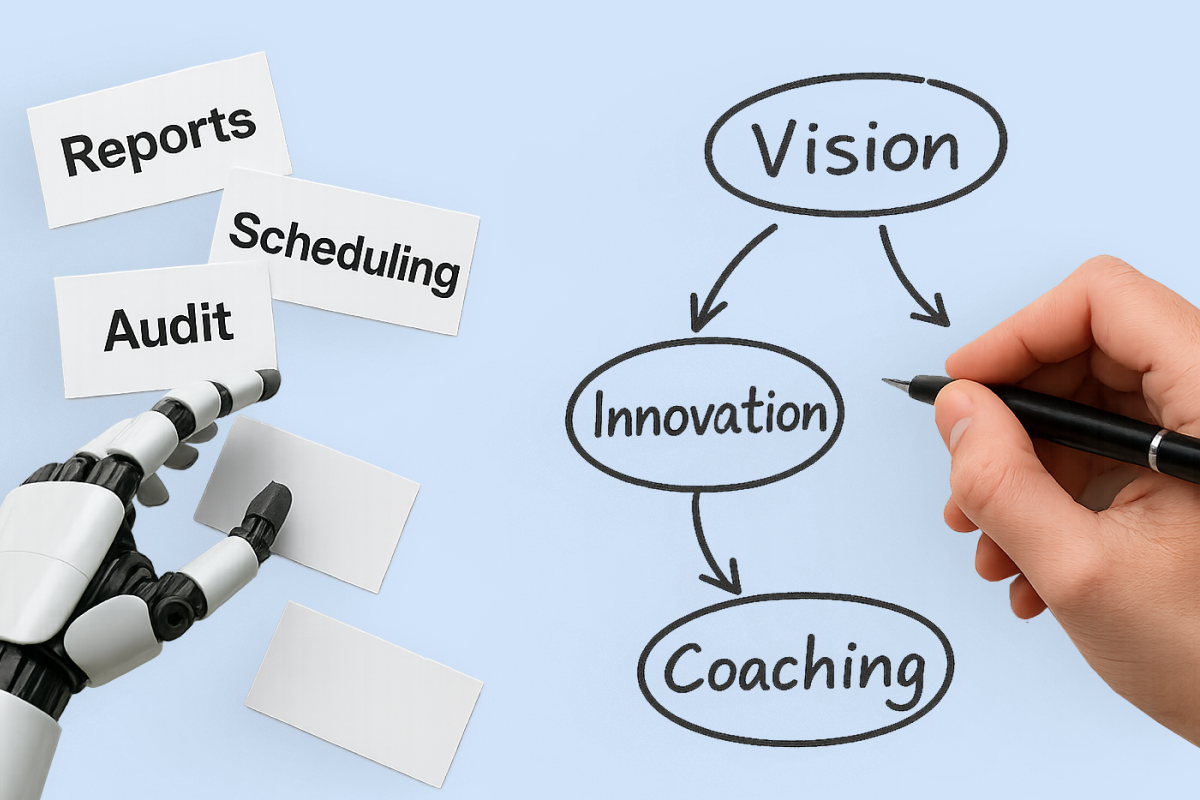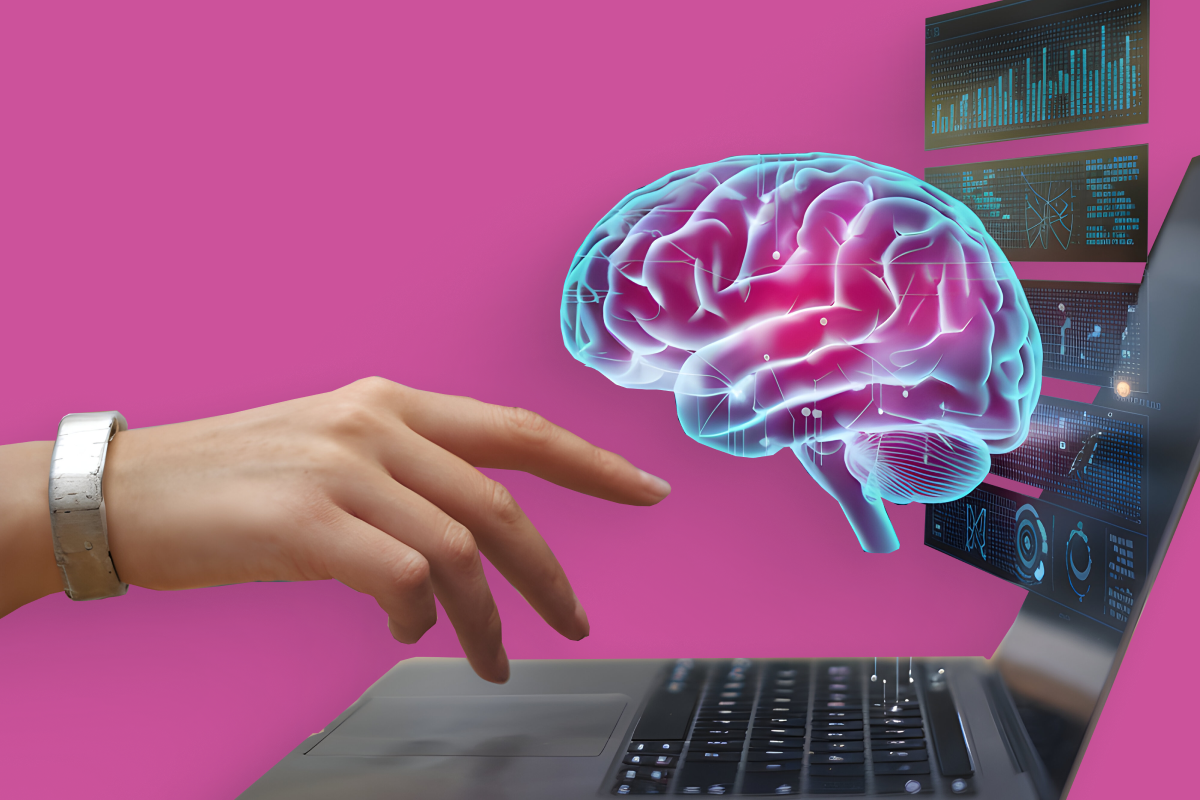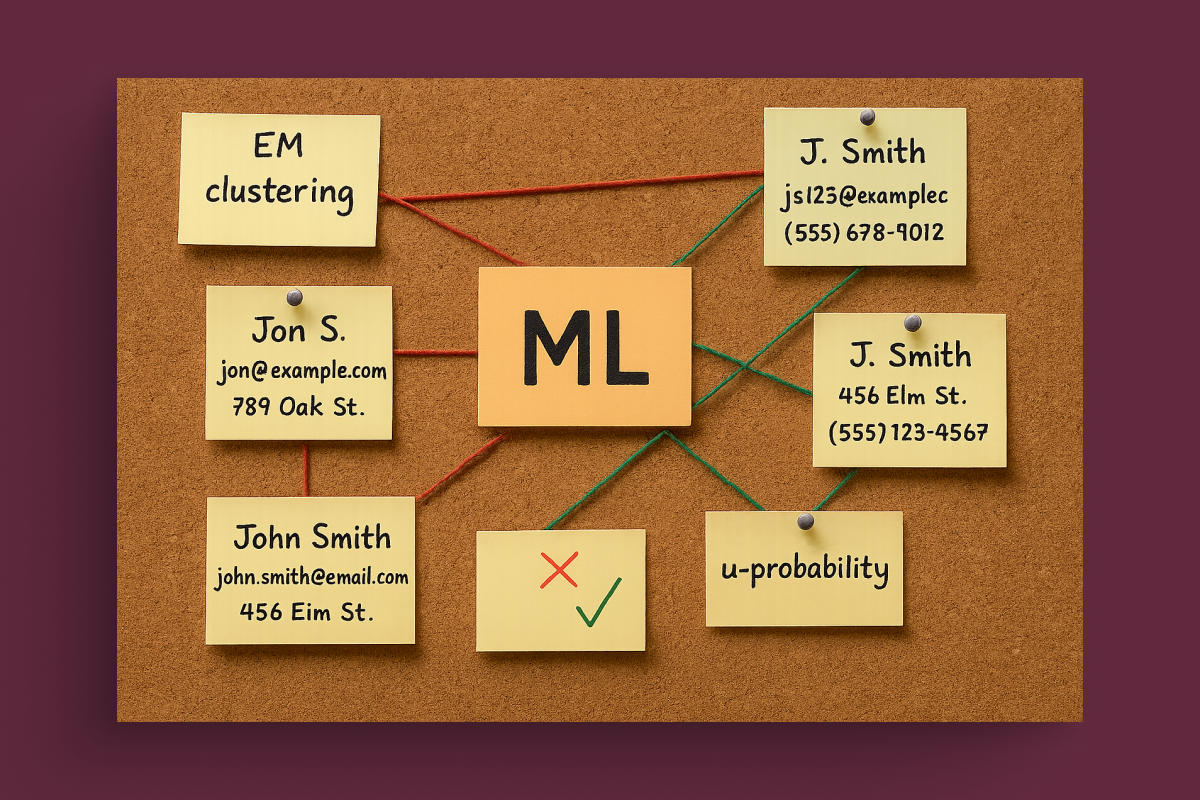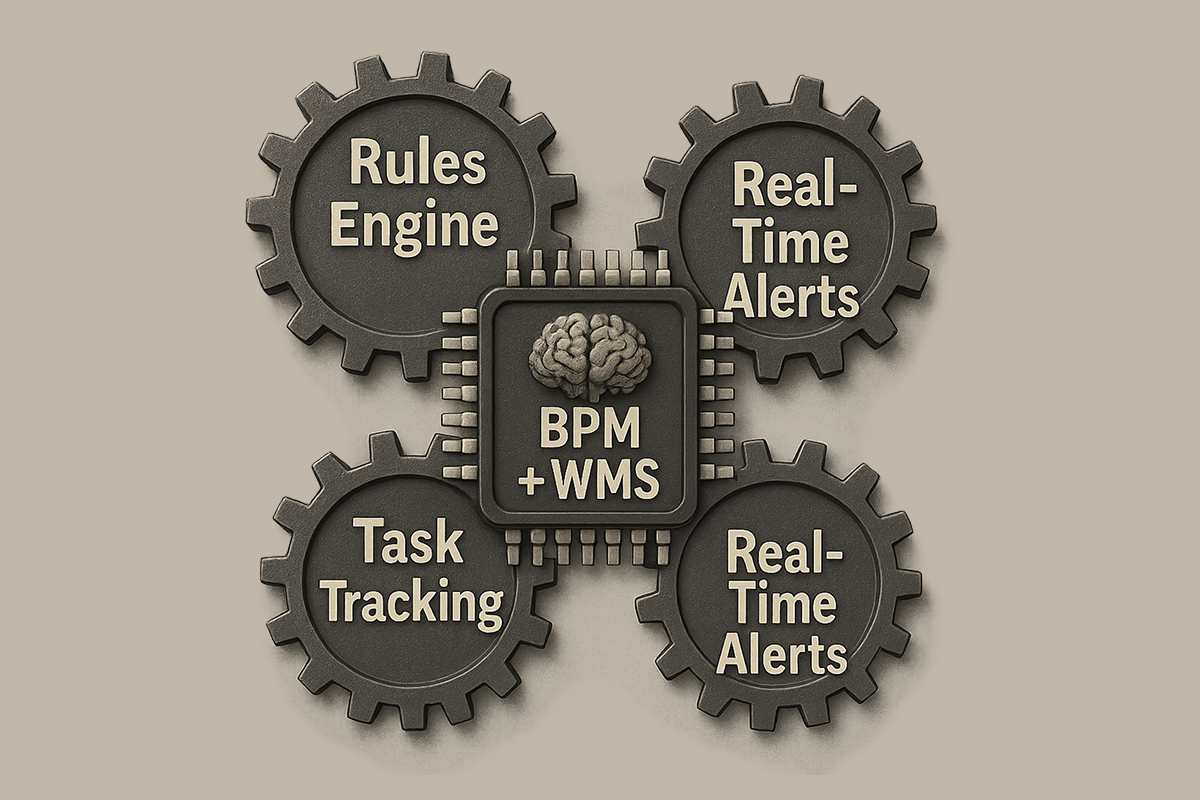Disclaimer: We do not access whether it is right or wrong to nor do we call for the implication of any software of such type. The article only explains and provides our assumptions of how Artificial Intelligence can help with crime prediction in schools.
Are you aware of it or not, analytic systems had already analyzed our behavior.
They help to solve various problems, or give answers to different questions.
Some we use to predict buyers' purchase patterns, others help determine the level of supervision needed for people on probation or parole.
Similar software is adopted by some educational institutes as well. For example, one which identifies students showing early warning signs of risk for dropping out of the high school.
There is another grave issue to be addressed.
We all have seen the horrible blood-curdling news about the shooting, hostage-taking and other violence happening in schools and higher education institutes.
Violence in schools takes many different forms. It can range from derogatory remarks to criminal assault.
Unfortunately, gangs, hate crimes, racism, chronic aggressive behavior.
More than 20% of students report being bullied (National Center for Educational Statistics, 2016).
In the events of harsh violence, the society is seeking ways to protect children. Avoid repeating the disasters that happened in schools we’ve all heard about. One of the solutions could be an AI-based system identifying students most likely to commit crime or violent actions.
Tech-approach To Eliminate Violence And Crime In Educational Establishments
There are systems aiming at reducing harm and losses - it is Early Warning System (EWS).
To help eliminate violence and crimes, educational institutions can adopt an EWS designed to detect students that have high risks of criminal behavior.
The underlying idea of an early warning system (EWS) aimed at combating possible disasters is to detect potential criminals before the actual crime is committed.
Therefore, one of the solutions that technology could offer is to access people according to some rating system.
When a certain number of scores has reached the critical threshold, so that the institution authorities turn their eye on the person and take necessary actions.
But what these the criteria of a rating system could be?
Uncovering Risk Factors
We must first understand threats in order to avoid them. So the very first step is revealing the risk factors that trigger violence and crime.
Certain activity and behavior may indicate that a person is prone to commit rash acts.
We can divide it into 2 groups:
- External factors: academic performance, school attendance, cultural and educational background, environment (e.g. deplorable influence of friends), lifestyle, the situation in family etc.
- Internal factors reflect the way a student perceives and interprets the external world that we characterized as the person’s IQ, personal traits of character (aka emotional intelligence), gender mood, the presence of any emotional and behavior disorders etc.
It is complicate to spot internal indicators as the data is not obvious. They are quite changeable as well, e.g. the mood of a typical youngster changes several times throughout the day, according to events that are happening around. We should also take into consideration unstable student’s emotional condition, as the students are in transition from a child to the adult person, so they are very similar to children by their emotional behavior.
No doubt, every person is a unique being.
As you see, the number of criteria to access a person is outstanding (and we have mentioned just a few of them).
At the same time, it’s just wrong to assess the level of threat a person can potentially cause judging by a couple of criteria.
Therefore, in order to get the full picture, an EWS should receive and analyze as much information as possible.
So how can such loads of data be provided?
EWS At Work
1. Data Capture & Data Sources
Open data sources
No wonder that today recruiters and bank agents would check out your social networks before deciding whether to pick you up on the job or grant you a loan.
An early warning system can also take advantage of such information. It could go as far as collecting students data from social networks, forums, and other platforms.
Open data sources also include more traditional sources, such as police and medical records.
Real-time Monitoring & Video Surveillance
You know that many of the schools already use it.
Schools facing challenges such as violence or vandalism on campus find school security cameras an aid in identifying and resolving issues as they arise.
Moreover, facial recognition and video analytics features can improve video cameras. And they could be another source of information for EWS, if integrated.
Other sources: questionnaires, people and etc.
To discover and analyze internal indicators, we have to gather the data using not only the techniques above.
For this, people can collect the required information directly – through taking quizzes about student behavior.
2. Analysis
The main problem of emotional grade calculation is actually not the problem of finding all necessary data but processing it in a quick and accurate way.
3. Response Capability & Warning Communication
Early warnings alone do not keep hazards from turning into disasters.
It is very important to stay connected with the police. And rocket-fast act on, if the issue arises.
AI can send them alerts if something dangerous may happen soon. Today, the reactivity factor is very important. We need to remove all possible delays from the moment when it is already known about the feature accident to the actions that would be taken.
Crime Prediction: Existing Solutions And Why They Are Less Effective Than Pure Machine Learning
Wouldn’t you be surprised to know that a similar solution is already developed?
One of them – Social Sentinel – monitors social networks for the specific keywords based on the keywords database. The core of similar solutions is a natural language processing engine, that processes human text into the data, that is easy to analyze. But a typical box-based NLP engine processes data slowly.
The main problem with the existing systems is that the outcomes can’t be significant if we use only one source of data (in the case above it were social networks). Sometimes even the professional psychologist can’t understand what stands behind the words.
Such systems have poor reaction time and do not learn by themselves, so if the new dangerous trend appears it won’t react immediately. But in some situations, every minute counts.
This can lead to another serious problem – a large number of false positives. Without a doubt, we can’t avoid them, but we can significantly decrease its amount if we take more factors into consideration.
Therefore:
- We should track as much data as possible should.
- To determine the probability of the accident you need to think in a human-like manner.
- It's preferable to do so as fast as possible.
None Technology Would Be Enough To Prevent Crime
The topic sparks much discussion and debate.
Firstly, you all understand that none tech solution, even the most elaborated one, would be enough to address the issue.
Artificial Intelligence, in this case, could be the main tool, but not the whole complex solution to all problems related to educational institutes violence.
Secondly, we should consider what impact the adoption of such a system could produce. We should think about ethics and morals. Answer a whole lot of questions like – is it possible to build that system so that human rights to privacy are not violated? Would the large costs be justified in the end?
In that light, we don’t know whether the tech solution we’ve described in this article would be implemented.
Nor are we convinced that it should be implemented.
But we know for sure that thanks to modern technology the solution is already feasible.
And it's up to the community to decide what to do with this.
Want to explore how AI can improve safety in educational institutions? Let’s talk about building ethical, data-driven solutions that protect without overstepping.













